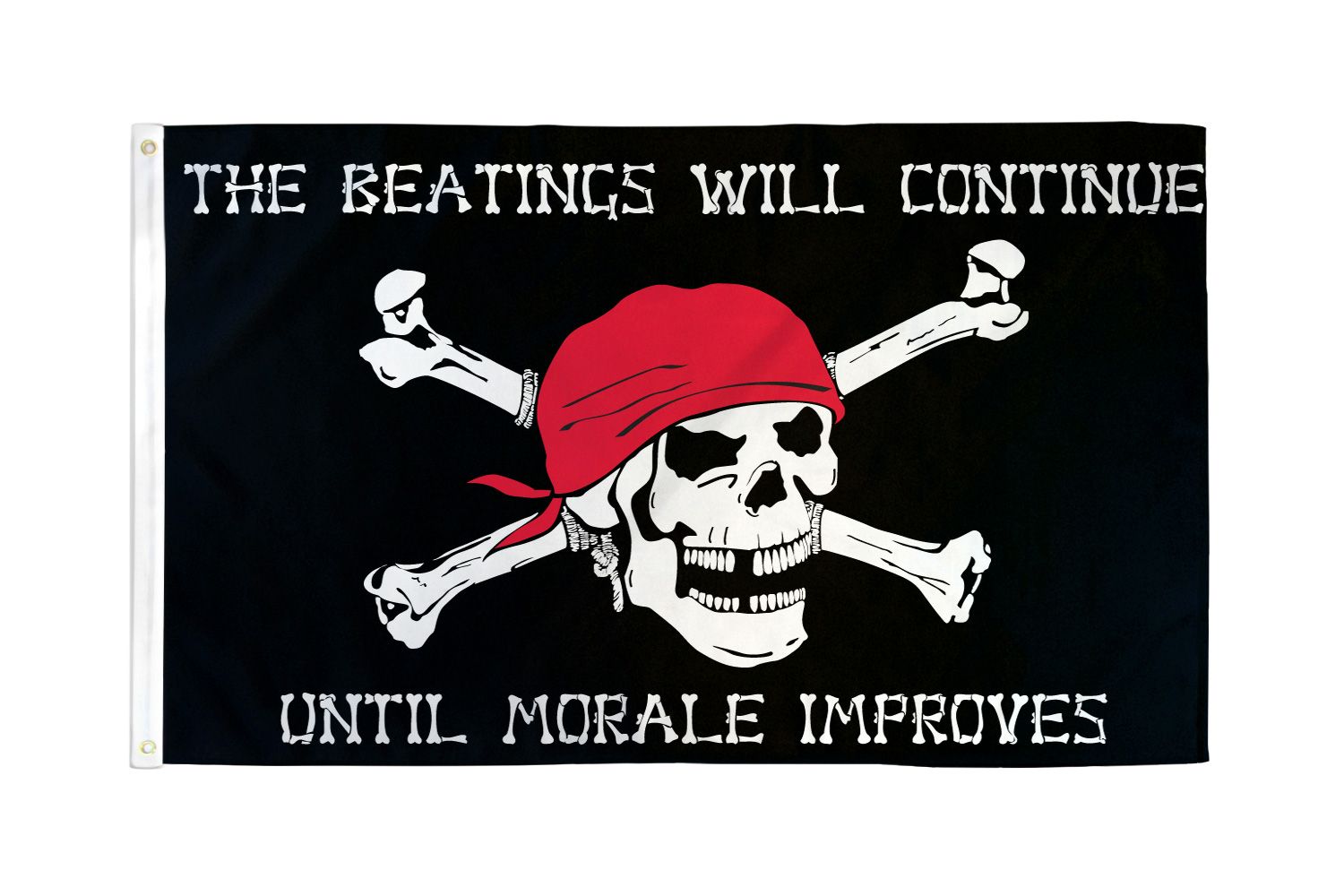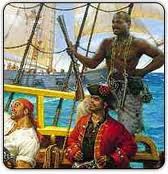|
TXO Cruises Terry's Worldwide Adventures |
Call me anytime for advice.. 214-709-0933 |
| Home | Current Cruises | Past Videos | About Me |

Over the years of pirates around the world, there were three basic types of pirates.
There were the Privateers, Buccaneers and Slave Pirates
Also see links below for more about Pirates...
|
Pirates
of the Caribbean... Sir Francis Drake "Naval Officer & Pirate" Many of the best-known pirates in historical lore originate from this Golden Age of Piracy: |
Pirates
of the Pacific... Pirates Code!! Types Of Pirates |
Privateers - In the Caribbean the use of privateers was especially popular for what amounted to legal and state-ordered piracy. The cost of maintaining a fleet to defend the colonies was beyond national governments of the 16th and 17th centuries. Private vessels would be commissioned into a de facto 'navy' with a letter of marque, paid with a substantial share of whatever they could capture from enemy ships and settlements, the rest going to the crown. These ships would operate independently or as a fleet, and if they were successful the rewards could be great-when Jean Fleury and his men captured Cortes' vessels in 1523, they found an incredible Aztec treasure that they were allowed to keep. Later, when Francis Drake captured the Spanish Silver Train at Nombre de Dios (Panama's Caribbean port at the time) in 1573 his crews were rich for life. This was repeated by Piet Hein in 1628, who made a profit of 12 million guilders for the Dutch West India Company. This substantial profit made privateering something of a regular line of business; wealthy businessmen or nobles would be quite willing to finance this legitimized piracy in return for a share. The sale of captured goods was a boost to colonial economies as well. The main imperial countries operating at this time and in the region were the French, English, Spanish, Dutch and Portuguese. Privateers from each country were all ordered to attack the other countries' vessels, especially Spain which was a shared enemy among the other powers. By the seventeenth century piracy and privateering became less-acceptable behaviour, especially as many privateers turned into full-blown pirates so they would not have to give part of the profit they made back to their country of employment. Corruption led to the removal of many officials over the years, including Governor Nicholas Trott and Governor Benjamin Fletcher. One way that governments found and discouraged active pirates and corrupt privateers was through the use of "pirate hunters" who were bribed with all or at least most of the wealth that they would find aboard pirate vessels, along with a set bounty. The most renowned pirate hunter was Captain William Kidd, who hit the peak of his legal career in 1695 but later saw the benefits of illegal piracy and made that his new vocation. The most well-known privateer corsairs of the eighteenth century in the Spanish colonies were Miguel Enríquez of Puerto Rico and José Campuzano-Polanco of Santo Domingo.Miguel Enríquez was a Puerto Rican mulatto who abandoned his work as a shoemaker to work as a privateer. Such was the success of Enríquez, that he became one of the wealthiest men in the New World. Return To Top Buccaneers - Pirates involved specifically in the Caribbean were called buccaneers. Roughly speaking, they arrived in the 1630s and remained until the effective end of piracy in the 1730s. The original buccaneers were settlers that were deprived of their land by "Spanish authorities" and eventually were picked up by white settlers.[2] The word "buccaneer" is actually from the French boucaner, meaning "to smoke meat", from the hunters of wild oxen curing meat over an open fire. They transferred the skills which kept them alive into piracy. They operated with the partial support of the non-Spanish colonies and until the 18th century their activities were legal, or partially legal and there were irregular amnesties from all nations. For the most part buccaneers attacked other vessel and ransacked settlements owned by the Spanish. Traditionally buccaneers had a number of peculiarities. Their crews operated as a democracy: the captain was elected by the crew and they could vote to replace him. The captain had to be a leader and a fighter-in combat he was expected to be fighting with his men, not directing operations from a distance. Spoils were evenly divided into shares; when the officers had a greater number of shares, it was because they took greater risks or had special skills. Often the crews would sail without wages-"on account"-and the spoils would be built up over a course of months before being divided. There was a strong esprit de corps among pirates. This allowed them to win sea battles: they typically outmanned trade vessels by a large ratio. There was also for some time a social insurance system, guaranteeing money or gold for battle wounds at a worked-out scale. The romantic notion of pirates burying treasure on isolated islands and wearing gaudy clothes had some basis in fact. Most pirate wealth was accumulated by selling of chandlery items: ropes, sails, and block and tackle stripped from captured ships. One undemocratic aspect of the buccaneers was that sometimes they would force specialists like carpenters or surgeons to sail with them for some time, though they were released when no longer needed (if they had not volunteered to join by that time). A typical poor man had few other promising career choices at the time apart from joining the pirates. According to reputation, the pirates' egalitarianism led them to liberate slaves when taking over slave ships. However, there are several accounts of pirates selling slaves captured on slave ships, sometimes after they had helped man the pirates' own vessels. In combat they were considered ferocious and were reputed to be experts with flintlock weapons (invented in 1615), but these were so unreliable that they were not in widespread military use before the 1670s. Return To Top Slave Pirates - Many slaves, primarily from places in Africa, were being exported to colonies in the Caribbean for slave labor on plantations. Out of the people that were forced into slavery and shipped off to colonies in the years from 1673 to 1798, approximately 9 to 32 percent were children (this number only considers Great Britain's exports). While on the average 12-week journey to the colonies, the new slaves endured ghastly living conditions that included: cramped spaces too small to stand up in, hot temperatures, and poor diets; they were ravaged by disease and death. Many of those taken as slaves were victims or prisoners of civil war. Many aspects of being a slave overall increased the allure of the pirating lifestyle. During the 17th and 18th centuries, piracy was at its height and its symbolic interpretation of freedom was well received. This abstract ideal was very appealing to slaves and victims of imperialism. Even though the main European powers did not want slaves to find out about the freedom that piracy offered, "...30 percent of the 5000 or more pirates who were active between 1715 and 1725 were of African heritage." Along with the opportunity of a new life and freedom, the indigenous people of Africa were greeted with equality when they joined pirating communities. Many slaves turned pirate "secured" a position of leadership or prestige on pirating vessels, like that of Captain. One of the main areas of origin for these slaves was Madagascar. Great Britain was one of the largest importers of slaves to American colonies such as Jamaica and Barbados. Return To Top |
|
| More About Slave Pirates |  |
| Copyright 2025 H.D. Specialties Web Design |